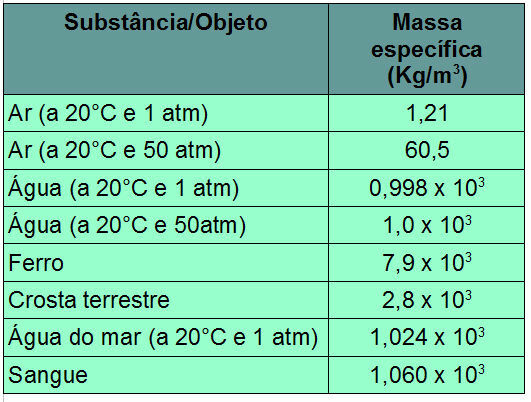THE urban network it can be defined as the interconnection between cities that is established from the flow of people, goods, capital and information. Thus, all cities in the urban network of a country or the world establish some kind of relationship among themselves, which depends on the occupation that each city has.
Due to the variation in the offer of services, businesses, goods, infrastructure and economic potential, the cities of an urban network constitute a kind of hierarchy, in which a city is more or less attractive depending on the role it plays. Thus, a large city, for example, which has the most well-developed service sectors (health, transport, education, etc.), a large supply of work, leisure options and the consumer market, has a greater capacity to attract than a small town that is still quite dependent on the environment. rural. This ability to attract a city, also known as polarization, is the main element used to classify the cities of a given urban network, which is divided into:
-
Global Metropolises: Cities with the best urban infrastructure in the world and which, due to their economic and political role and the amount of services offered, exert great influence worldwide, attracting people, goods, information and capital from around the world. whole. Examples of global cities are: New York (United States), Paris (France), São Paulo (Brazil) and Beijing (China).
Do not stop now... There's more after the advertising ;)
National Metropolis: They are cities that have a great influence within a country, polarizing practically the entire territory. The main Brazilian national cities are: Porto Alegre, Curitiba, Belo Horizonte, Salvador, Recife, Fortaleza and Brasília.
Regional Metropolises: They have a capacity of attraction restricted to the region in which they are located, attracting people from cities minors in search of work, housing, education or medical treatment that they cannot find in their cities of origin. Examples of Brazilian regional metropolises are: Goiânia, Belém and Campinas.
Regional centers or medium cities: They are cities that depend on another city (regional or national metropolis), but that have an offer of goods and services capable of polarizing one or several cities in their surroundings. An example of this is Santos, which exerts a local influence in the state of São Paulo.
Other cities: Small and medium-sized cities that meet the most basic needs of the population of small towns and villages.
By Thamires Olimpia
Graduated in Geography
Would you like to reference this text in a school or academic work? Look:
SILVA, Thamires Olimpia. "What is urban network?"; Brazil School. Available in: https://brasilescola.uol.com.br/o-que-e/geografia/o-que-e-rede-urbana.htm. Accessed on June 28, 2021.



